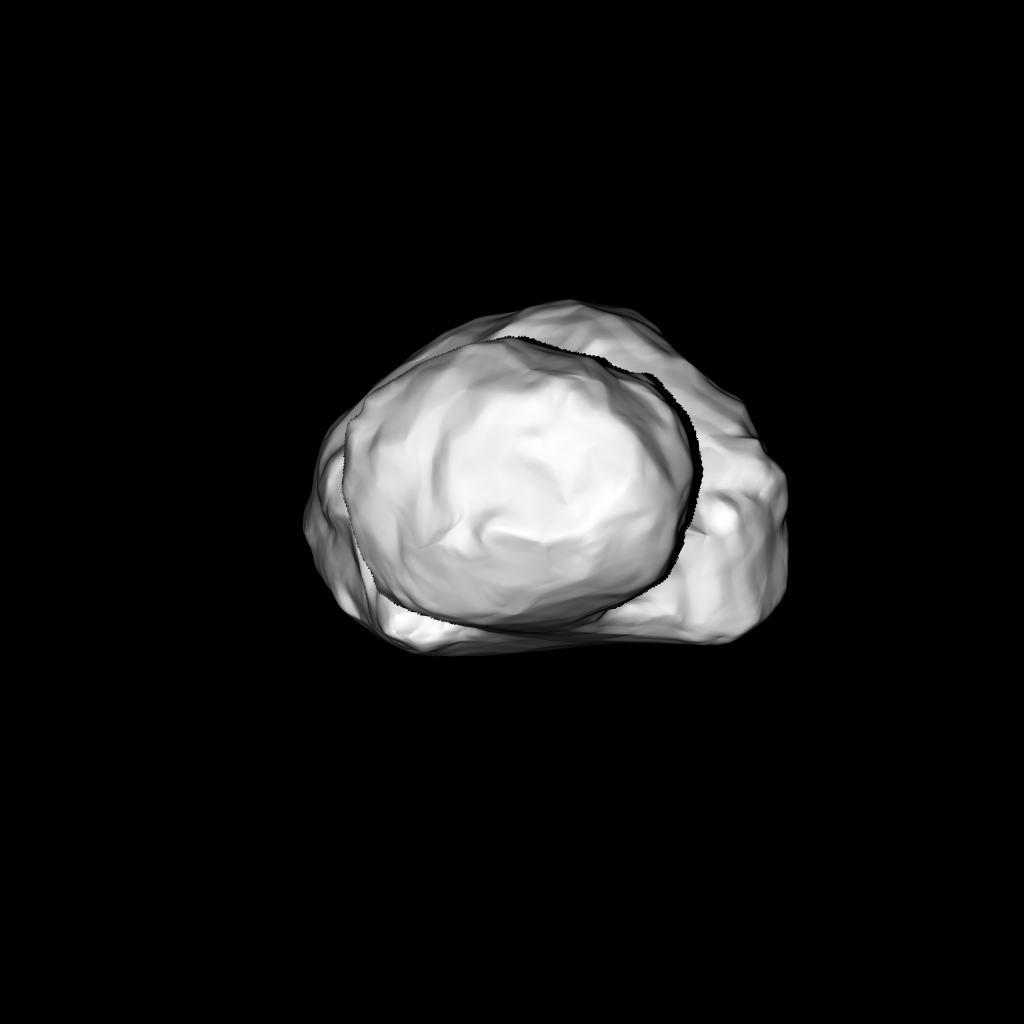WATCH: A 10 year mission in space now comes down to a few critical hours. Right now an unmanned spacecraft is attempting to land on a comet that’s traveling more than 84,000 miles per hour. Don Champion reports.

DARMSTADT, Germany – The European Space Agency’s unmanned Rosetta probe successfully released a lander toward the surface of comet 67P/Churyumov-Gerasimenko on Wednesday, putting it on its final seven-hour journey to a historic rendezvous with the fast-moving lump of dust and ice.
The audacious landing attempt is the climax of a decade-long mission to study the four-kilometre wide comet. It is also the end of a 6.4 billion-kilometre journey on which Rosetta carried its sidekick lander Philae piggyback.
READ MORE: IN PHOTOS – Rosetta spacecraft arrives safely at comet
“It’s on its own now,” said Stephan Ulamec, Philae Lander Manager at the DLR German Aerospace Center. “We’ll need some luck not to land on a boulder or a steep slope.”
If successful, it will be the first time that a spacecraft has landed on a comet. Confirmation of a landing should reach Earth by about 1603 GMT (11:03 a.m. EST).
ESA announced early Wednesday that the 100-kilogram (220-pound) lander’s active descent system, which uses thrust to prevent the craft from bouncing off the comet’s surface, could not be activated. Instead, the agency is relying on ice screws and a harpoon system to secure the lander.
READ MORE: Rosetta spacecraft arrives safely at comet
Hours later, mission controllers clapped and embraced as the lander’s separation was confirmed.
“Philae has gone – it’s on its path down to the comet,” Rosetta flight director Andrea Accomazzo said. “We are all glad that it worked flawlessly in the past minutes.”
The washing machine-sized lander is supposed to drift down to the comet and latch on using harpoons and screws. During the descent, scientists will be powerless to do anything but watch, because the vast distance to Earth – 500 million kilometres (311 million miles) – makes it impossible to send instructions in real time.
The plan is that Rosetta and Philae will then accompany the comet as it hurtles toward the sun and becomes increasingly active as it heats up. Using 21 different instruments, they will collect data that scientists hope will help explain the origins of comets and other celestial bodies.
The European Space Agency says that even if the landing doesn’t succeed, the 1.3 billion euro ($1.6 billion) mission launched in 2004 won’t be a failure. Rosetta will be able to perform 80 per cent of the mission on its own.



Comments